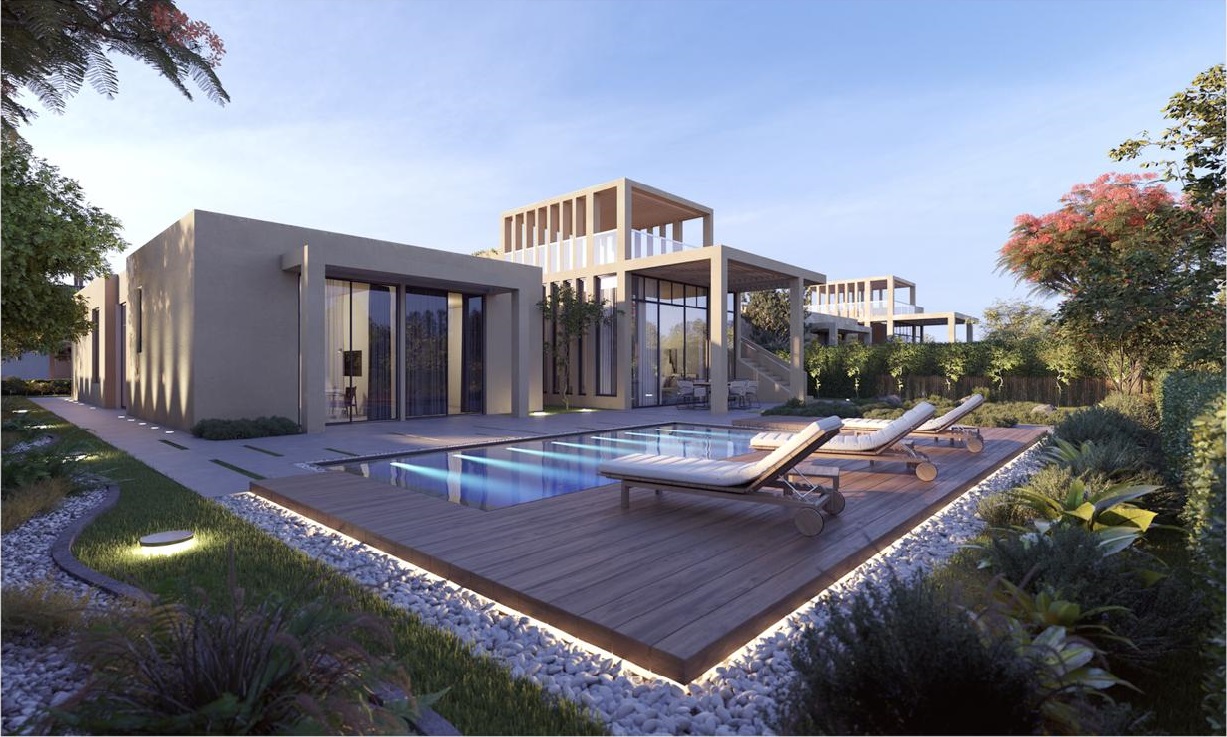Compound vs Standalone Villas: Which One Suits Your Lifestyle Best?
Choosing between a compound villa vs standalone villas is a significant decision for homebuyers and investors alike. Each option offers distinct advantages and challenges, catering to different preferences, lifestyles, and investment goals. Understanding the key differences between compound and standalone villas is essential to making an informed choice that aligns with your needs.
What Are Compound Villas?
Compound villas are residential properties situated within gated communities or compounds that provide shared facilities and amenities. These often include 24/7 security, landscaped gardens, swimming pools, fitness centers, children’s play areas, and sometimes community halls or retail spaces. The sense of community and security makes compound villas especially appealing to families and individuals who value a safe and social environment.
One of the primary benefits of living in a compound villa is the enhanced security. Gated entrances and security personnel ensure controlled access, giving residents peace of mind. Additionally, maintenance of communal areas is managed by the compound administration, relieving homeowners from day-to-day upkeep tasks.
What Are Standalone Villas?
Standalone villas, in contrast, are independent properties that are not part of a managed community. They typically offer larger plots and more privacy compared to compound villas. Owners of standalone villas have full control over their property, including the garden, outdoor spaces, and architectural modifications, allowing for greater customization.
However, this independence comes with added responsibilities. Homeowners must arrange for their own security, maintenance, and landscaping, which can be time-consuming and costly. Standalone villas are often favored by those who prefer privacy and exclusivity or want a larger land area.
Key Differences: Lifestyle and Investment Considerations
When deciding between compound vs standalone villas, lifestyle preferences play a crucial role. Compound living is ideal for people seeking social interaction, family-friendly amenities, and hassle-free maintenance. The shared services and organized management foster a convenient and comfortable living experience.
Standalone villas, meanwhile, appeal to buyers who prioritize privacy, space, and autonomy. They are often located in less dense areas and provide more freedom in terms of design and land use. This option suits those who enjoy gardening, outdoor activities, or wish to create a personalized home environment.
From an investment perspective, compound villas tend to attract tenants or buyers who prefer turnkey solutions with modern amenities and security, often ensuring steady rental demand. Standalone villas can offer higher capital appreciation potential, especially if located in premium or expanding neighborhoods, but may require more effort in marketing and upkeep.
Final Thoughts
Both compound and standalone villas have unique advantages that cater to diverse needs. According to Aldar’s detailed analysis, the choice ultimately depends on what you value more: community and convenience, or privacy and independence.
If you prefer a secure environment with shared amenities and less responsibility for maintenance, a compound villa is an excellent choice. However, if you seek exclusivity, a larger space, and the freedom to customize your home, a standalone villa might be more suitable.
Before making a decision, consider your lifestyle, family needs, budget, and long-term goals. Visiting different properties and consulting with real estate experts can provide additional clarity to help you make the right investment.

Leave a Reply